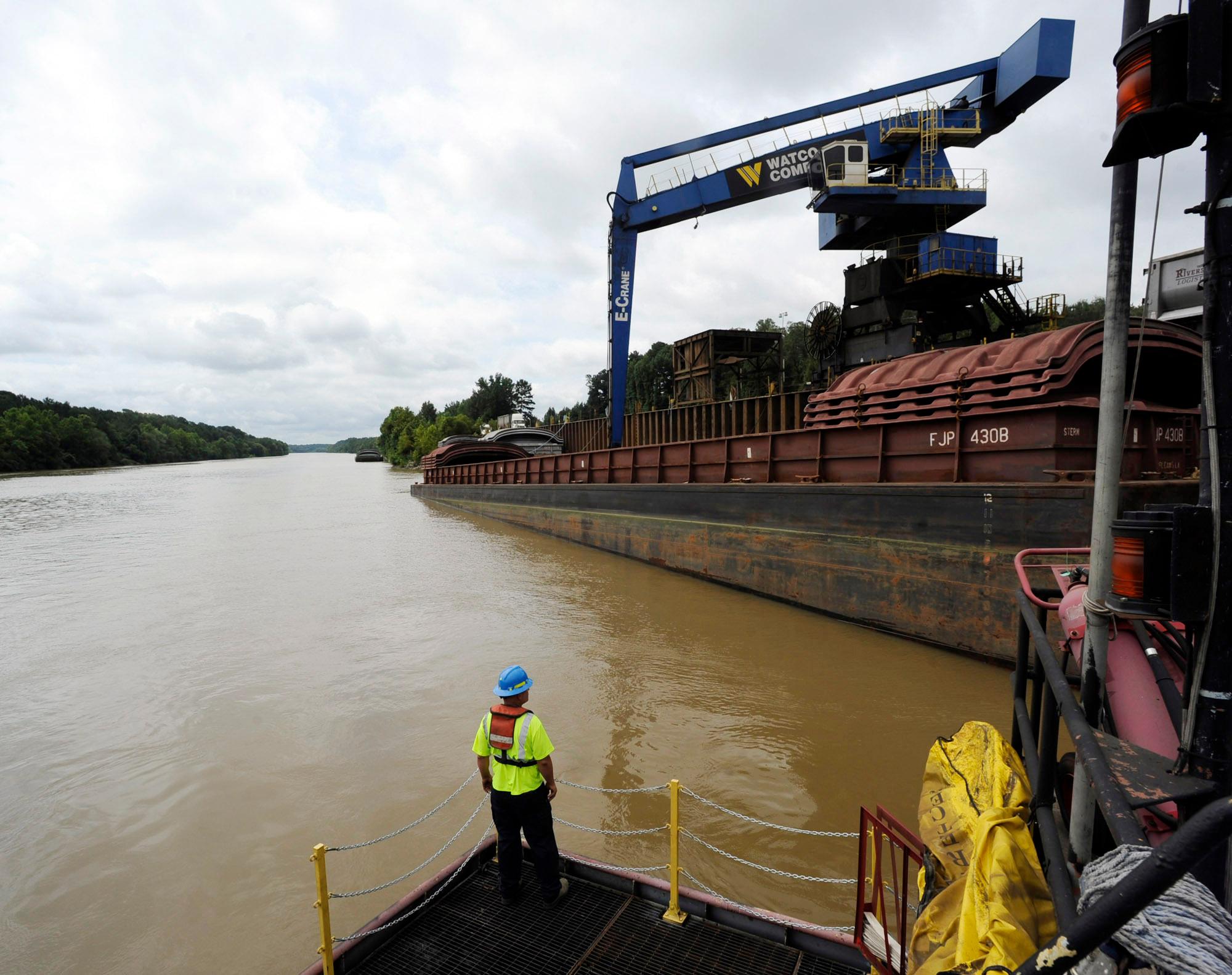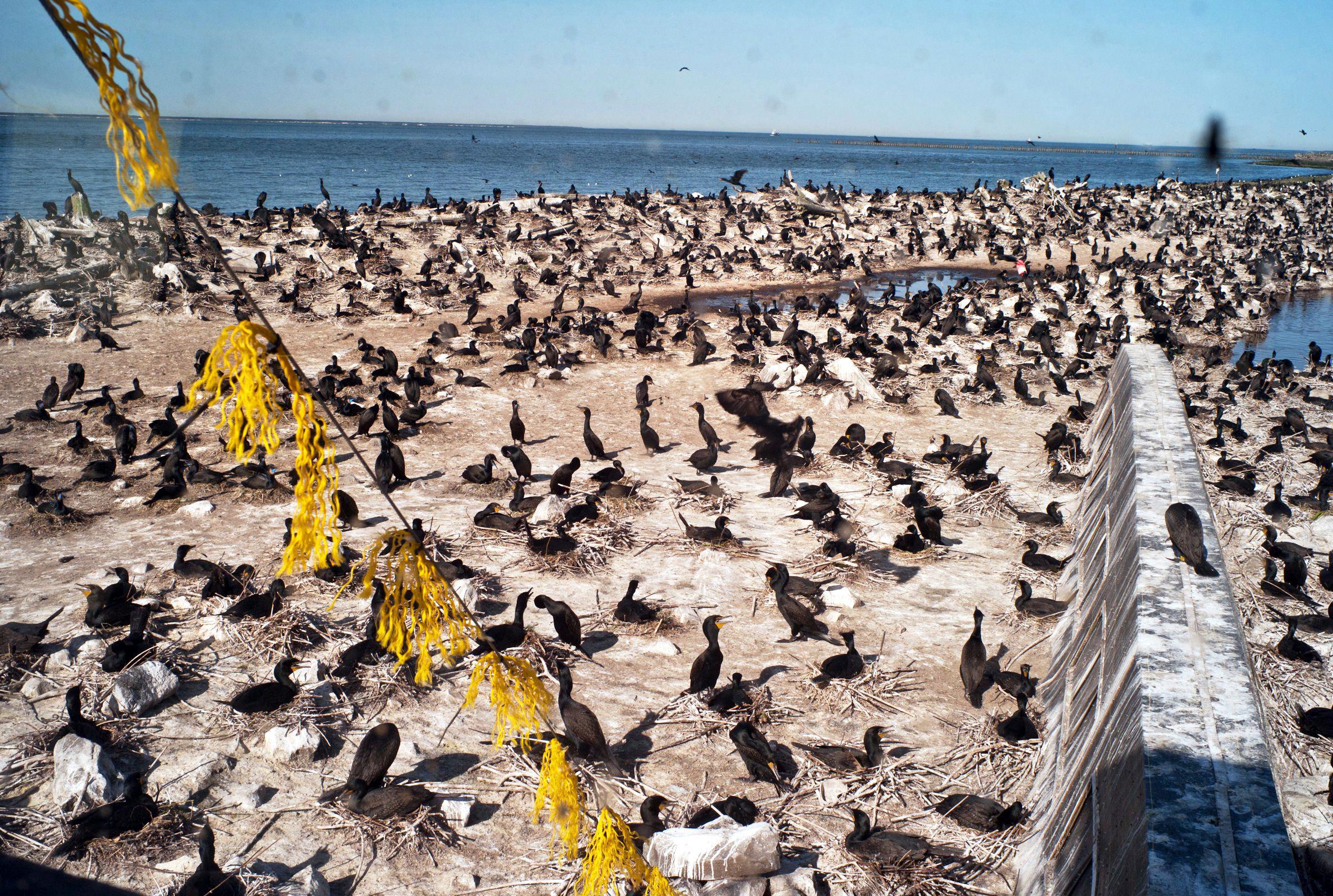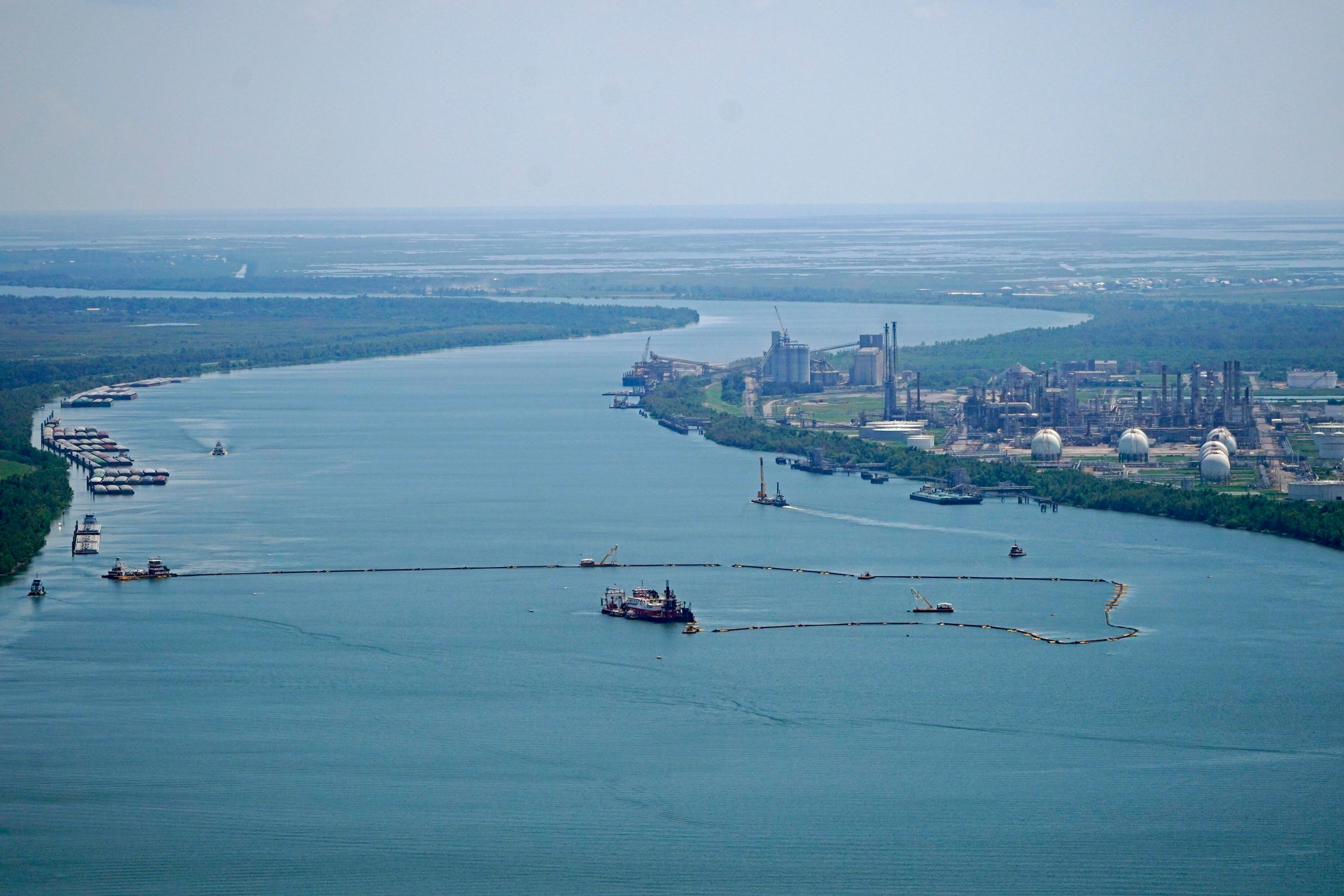Environment & Energy
Related: About this forum9 Classic Tales Of Overreach And Failure From The US Army Corps Of Engineers - ProPublica
EDIT
New Orleans Levee System
 ?crop=focalpoint&fit=crop&fm=webp&fp-x=0.5&fp-y=0.5&h=567&q=75&w=800&s=a002e8fcfd5f25d88777812742b196a9
?crop=focalpoint&fit=crop&fm=webp&fp-x=0.5&fp-y=0.5&h=567&q=75&w=800&s=a002e8fcfd5f25d88777812742b196a9
Year begun: 1965
Location: New Orleans
The plan: Prevent flooding during coastal storms by building a series of levees around Greater New Orleans.
What actually happened: In 2005, design flaws allowed a storm surge from Hurricane Katrina to breach the walls of the $738 million levee system that the Corps had built over the preceding four decades. The storm and flooding killed 1,392 people and caused damage totaling an inflation-adjusted $190 billion. The American Society of Civil Engineers called the levee failures “the worst engineering catastrophe in US History,” and the Corps later acknowledged its levees were “a system in name only.”
Tennessee-Tombigbee Waterway
 ?crop=focalpoint&fit=crop&fm=webp&fp-x=0.5&fp-y=0.5&h=633&q=75&w=800&s=c0421af10f3e7681bf6279e474a61cb3
?crop=focalpoint&fit=crop&fm=webp&fp-x=0.5&fp-y=0.5&h=633&q=75&w=800&s=c0421af10f3e7681bf6279e474a61cb3
Year begun: 1971
Location: Tennessee, Mississippi, Alabama
The plan: Build a 234-mile artificial waterway connecting the Tennessee River to the Tombigbee River in Alabama, creating a new channel to the Gulf of Mexico and an estimated 208,000 new jobs in economically depressed areas of Alabama, Mississippi and Tennessee.
What actually happened: The Associated Press reported in 2019 that the Tenn-Tom, as it’s known, “has never come close to traffic projections used to sell it to the public, and poverty rates have increased in most of the counties it flows through in Mississippi and Alabama.” New jobs totaled 29,000, a study by Troy University found — or 179,000 less than early projections. The project cost $2 billion.
EDIT
Controlling Columbia River Salmon Predators
 ?crop=focalpoint&fit=crop&fm=webp&fp-x=0.5&fp-y=0.5&h=538&q=75&w=800&s=ae21ca8827ccdbace0698069c9686a2d
?crop=focalpoint&fit=crop&fm=webp&fp-x=0.5&fp-y=0.5&h=538&q=75&w=800&s=ae21ca8827ccdbace0698069c9686a2d
A small portion of the East Sand Island, Wash., cormorant colony in May 2014. The island habitat formed from soil dredged up by the Corps. The agency then started killing the birds to keep them from eating endangered salmon. Credit: Damian Mulinix/Daily Astorian via AP
Year begun: 2015
Location: Mouth of the Columbia River, Oregon-Washington border
The plan: A colony of double-crested cormorants had settled on a set of islands that the Corps built up with soil it dredged from the riverbed, and the birds were feasting on endangered juvenile salmon as they tried to make their way to the ocean. To save endangered fish, the Corps decided to shoot the birds and put oil on their eggs to prevent them from hatching.
What actually happened: Killing the birds drove the colony to a bridge several miles upriver, where the cormorants ate even more salmon than before. Then the birds inundated the bridge with their droppings, causing an estimated $1 million in damage each year.
EDIT
Dredging the Mississippi
 ?crop=focalpoint&fit=crop&fm=webp&fp-x=0.5&fp-y=0.5&h=533&q=75&w=800&s=22c67adc56562da1a49b562922b40035
?crop=focalpoint&fit=crop&fm=webp&fp-x=0.5&fp-y=0.5&h=533&q=75&w=800&s=22c67adc56562da1a49b562922b40035
Dredging operations to build an underwater sill in Plaquemines Parish, Louisiana, outside New Orleans on Sept. 26, 2023. A saltwater wedge slowly moving upriver from the Gulf of Mexico threatened municipal water supplies. Credit: Gerald Herbert/AP
Year begun: 2018
Location: Mississippi River near New Orleans
The plan: Dredge the Mississippi, deepening the 45-foot-deep channel to 50 feet at the river’s mouth to allow for more shipping.
What actually happened: After the $250 million dredging was completed in 2022, saltwater from the Gulf of Mexico started entering the river. The Corps had known for decades that its continued efforts to deepen the river channel would trigger an intrusion of saltwater, according to The New Orleans Advocate. The agency predicted an underwater dam could contain the invading saltwater, but, according to Bloomberg, this year it failed to do so. To fix the drinking water problem, New Orleans is now building a pipe to pull freshwater from farther upriver, which Bloomberg reports could cost $100 million to $250 million.
EDIT/END
https://www.propublica.org/article/us-army-corps-engineers-usace-mistakes-timeline
Lonestarblue
(11,827 posts)They seem to waste a lot of money to make matters worse.
cloudbase
(5,747 posts)It's money spread all over the country. Politicians love it since it's a "free money" jobs program.
NotHardly
(1,181 posts)Srkdqltr
(7,661 posts)Maybe, just maybe building a major city on the edge of a river like that isn't workable in the long run?
hunter
(38,933 posts)... dealing with problems caused by global warming.
In a rational society we'd deal with potential problems before catastrophe struck.
We need to figure out how to relocate entire communities before they are lost to climate change.
There may be a positive role for the Corp in that.